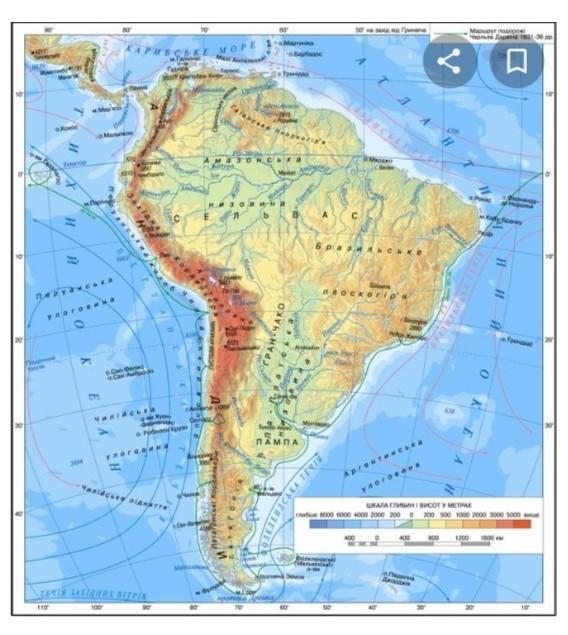Предмет: География,
автор: klocurakn
Завдання 3. На контурній карті зазначте назви об'єктів берегової лініі Південної Америки
а) моря - Карибське;
б) затоки - Ла-Плата;
в) проток - Магелланова, Дрейка;
г) островів - Вогняна Земля, Фолклендські.
Ответы
Автор ответа:
1
Ответ:
Думаю найти то что надо легко
Приложения:

klocurakn:
Нет не дуже легко
Дуже розмито
Нічого не вижу
Похожие вопросы
Предмет: Английский язык,
автор: sabina144
Предмет: Русский язык,
автор: essc1984
Предмет: Английский язык,
автор: olga1306
Предмет: Английский язык,
автор: ekfamily65
Предмет: Английский язык,
автор: 123z1993